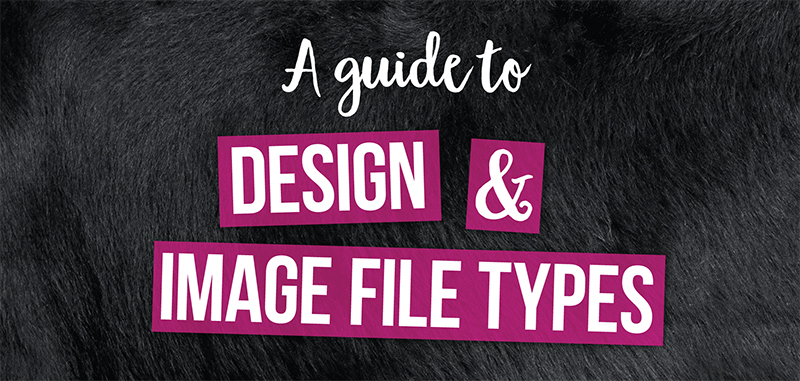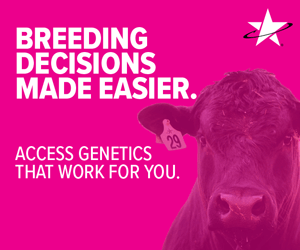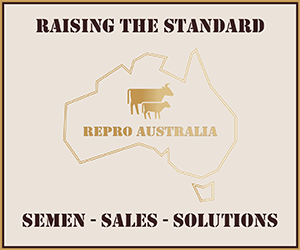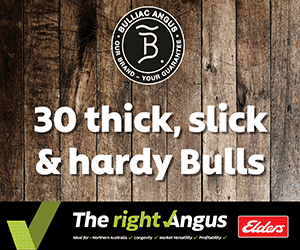So you have a new logo or design piece and you have been given a set of files by the designer, what do you do with them and who gets sent what? Well lets break down what the most common design and image file types mean and what they are used for:
Ai. (Illustrator file) – Usually you won’t be sent this file but just in case you do, this is the bones of the design, it holds all your editable elements.
This file should not be given out unless the recipient is changing it with your permission for a few reasons.
- The fonts are ‘live’ which means they are editable, and if the person who opens it doesn’t have a particular font that’s been used, Adobe Illustrator (the program it opens in) will change it to a generic substitute font.
- People can accidently move, change and generally cause havoc if they aren’t used to Adobe Illustrator and can overwrite the file meaning it replaces the original design.
- The file will contain linked images and if you don’t have the images to relink them with then your file will either display a blank space where your image will be or retain the image but it will be fuzzy when you get the item printed.
Eps. (Illustrator file) – This is the ‘set’ version of the original file, it is the same design as the ai. but the (previously live) elements are no longer editable, meaning you can’t edit the text and any line work has been made so it doesn’t get distorted when you scale the piece. This file is scalable to very large sizes, as opposed to pixel based images (jpgs for example) which are limited to their saved resolution.
Send to: This version is the best version to send to other designers, printers, sign writers and depending on the embroidery company or digital/film agency, this may be the preferable file type.
Pdf – This is the portable version of your InDesign, Eps or Ai file. You can easily send it due to a compressed file size and most people can open it without installing new software. PDFs can be made to different file sizes and for different needs, so you can have one that’s made at Press quality for printing or you can have one set with web optimizing qualities to put on your website.
Send to: Anyone, including printers, sign writers and people you want advice from.
indd. (InDesign file) – Again, usually you won’t be sent this file but just in case you do, this is the bones of the design, it holds all your editable elements.
This file type should only be given out if you have the packaged folder of the document (meaning the creator has packaged it through the program to ensure that all fonts, images and assets have been gathered into a cohesive folder you can share or keep for records).
psd. (Photoshop file) – Again, this file type is a working file, so it holds editable elements such as text, shapes and effects. This file is much more share-friendly than ai. and indd. files as you save the elements into the file itself meaning the next person can usually use it with no issues. This file format provides flexibility.
Send to: Preferably send a jpg copy of these files out, unless someone specifically asks for it.
jpg. – This is a portable and smaller file of your psd. file, or a normal picture file if you are getting the images off your camera, colleague etc. Jpgs are fine for use on social media, websites and depending on the resolution, can be fine for small scale layouts (think A3 and below).
Send to: Anyone.
png. – A web optimised version of a jpg or psd. file. The file size is compressed so they are great for websites to keep the file size of images down, and if you have an element such as a logo, it will be able to save it with a transparent background.
Send to: Anyone. Web designers and digital / film agencies will find this file particularly useful, but in Microsoft programs where you need to put an element with a transparent background in, these can be used.
giff. – A pixel based file that is mostly used for animating a graphics file, for example revolving web advertisements.
Send to: Anyone. You are most likely to send these to companies you are advertising online with, or web developers who are building or updating your website.
tif. – These are images that are saved to maintain their image quality and clarity so they can be used in large scale projects and are a common file type for professional photographers to handle.
Send to: Designers, film / digital agencies, printers, sign writers or anyone that requests a high resolution image for a project they are working on for you.
If you need to send Angus Australia any design or image files and are unsure of which to send, please do not hesitate to contact us at design@angusaustralia.com.au, especially if the files are for design work, website advertising or the Angus Bulletin.










